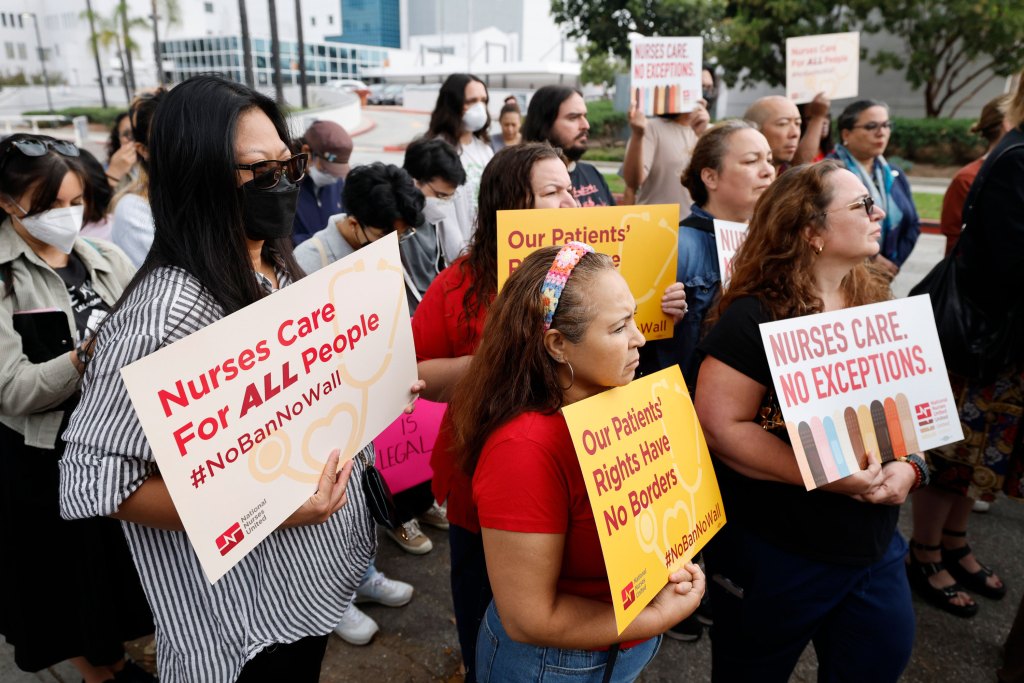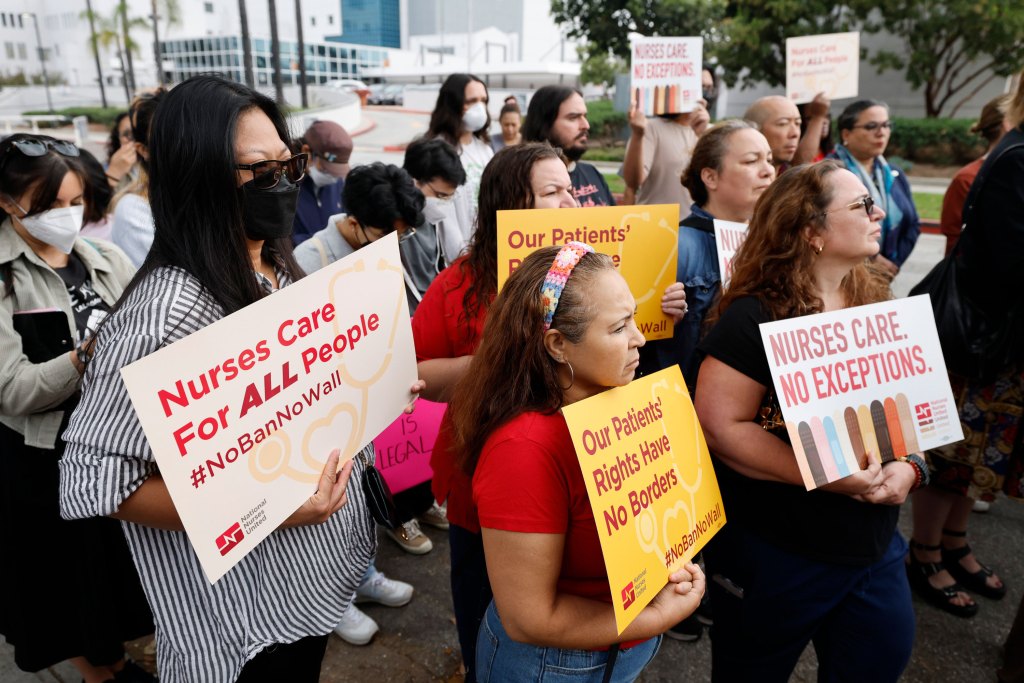By MIKE MAGEE
For those prepared to take a deep breath and relax in the aftermath of the MAGA induced assault on the First Amendment that whipsawed Disney leadership last week as they abandoned and then rescued Jimmy Kimmel, be advised reproductive health access is at the top of the list when it comes to MAGA campaigns to “restrict liberties.”
Consider the ongoing campaign to federally restrict telemedicine enabled medication abortion.
A few facts:
Medication abortion is a process that involves taking two medications (mifepristone and misoprostol) at specific intervals over one to three days. It is approved for use up to the first 70 days of a pregnancy and costs on average about $500.
As defined by Yale Medicine, “Mifepristone is a medication that blocks progesterone activity in a female’s body. Progesterone is a critical hormone for supporting an early pregnancy. The second medication, misoprostol, causes contractions and expels the pregnancy tissue. It typically takes 12 to 24 hours to pass the tissue.”
The overall number of abortions have risen since the Dobbs decision overturned Roe v. Wade. There were 1.1 million US abortions in 2023, that is 88,000 per month compared to 80,000 the year before.
Medication abortions account for 2/3 of all abortions in the US. At least 1 in 4 of these last year involved telemedicine provision by mail order including to citizens from states with highly restrictive abortion laws.
Success rate in terminating pregnancy is 99.6%. Major complications occur in .4% of cases and mortality is nearly non-existent.
Anti-abortion advocates are currently focused on obstructing legal access to abortion pills.
Immediately following the Dobbs decision, 12 states banned abortion and 4 states imposed a 6-week gestational limit on access to abortion. Nine of these states now explicitly ban telehealth enabled medication abortion. Countering these measures, eight states where abortion remains legal have passed “shield laws” that protect health professionals from prosecution by other states for engaging in telehealth support of patients seeking self-care within states where abortion is illegal. By latest count, 1 in 7 telehealth assisted medication abortions involved practitioners from shield states.
President Trump’s campaign pledge to reinstate the dormant 1873 Comstock Act to cripple telehealth efforts in support of medication abortion has gone nowhere. In a similar vein, flawed science studies engineered by anti-abortion advocates attempting to challenge FDA clearances for safety and self management of the drugs involved have been exposed as unscientific, deceptive and biased. Multiple state suits, for and against imposing additional FDA hurdles to access in the absence of demonstrable medical benefit or risk mitigation are piling up in the courts. And Louisiana recently took a different tact, reclassifying misoprostol a “controlled substance” and inviting provider countersuits.
As Cornell legal experts remind us, the freedom of expression and the right to freedom of speech may be exercised “in direct (words) or a symbolic (actions) way.” When first written, and adopted as the first of the original 10 entries in the Bill of Rights in 1791, the First Amendment said: “Congress shall make no law respecting an establishment of religion, or prohibiting the free exercise thereof; or abridging the freedom of speech, or of the press; or the right of the people peaceably to assemble, and to petition the Government for a redress of grievances.”
Nowadays, the provision applies to the entire federal government and is reinforced by the Due Process Claus of the 14th Amendment which protects citizens from state government interference as well.
For better or worse, the actions leading up to the Dobbs decision were led, funded, organized and executed primarily by religious groups, primarily Roman Catholics and Evangelical Christians, joining ranks on the issue five decades ago. Those very religions legitimacy and independence has long been protected by the First Amendment.
A simple listing of the opening salvo of our Bill of Rights reveals a complex tangle of protections that define not only our primary rights as citizens, but also our power and legitimacy as a healthy representative democracy.
What’s included? According to legal experts, our 1st Amendment “protects the right to freedom of religion and freedom of expression from government interference. It prohibits any laws that establish a national religion, impede the free exercise of religion, abridge the freedom of speech, infringe upon the freedom of the press, interfere with the right to peaceably assemble, or prohibit people from petitioning for a governmental redress of grievances.”
Religious leaders remain deeply divided. Opposing reproductive choice while protecting the religious freedom assured by the very same 1st Amendment is a difficult needle to thread. Consider the comment of Baltimore Archbishop William Lori, Chairman of the U.S. Conference of Catholic Bishops’ Committee on Pro-Life Activities, on June 24, 2022, the day of the Dobbs decision: “I recognize there are people on both sides of the question in the Catholic Church. What we are finding though is that when people become more aware of what the church is doing to assist women in difficult pregnancies … hearts and minds begin to change.”
Well, not exactly. A March, 2025 Pew Survey of Catholics nationwide revealed that 6 in 10 Catholics believe that abortion should be legal in all or most cases.
It is ironic that, in attempting to usurp women’s rights to their own reproductive freedoms, that some religious leaders continue to attack the country’s foundational 1st Amendment that has assured the continued existence of their sponsoring organizations.
Mike Magee MD is a Medical Historian and regular contributor to THCB. He is the author of CODE BLUE: Inside America’s Medical Industrial Complex.









